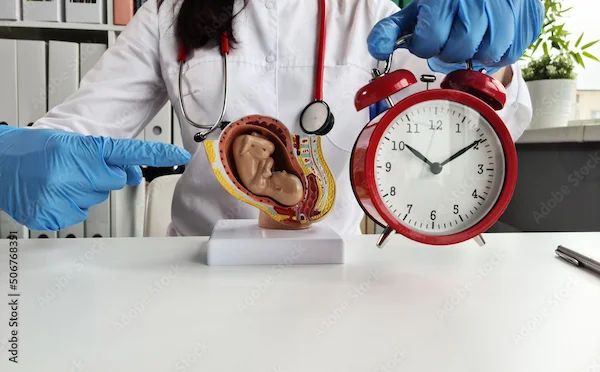- female
- 20 Years
- 23/01/2025
I'm just a bit worried here. My girlfriend and I had unprotected sex last night, and we read somewhere that eating papaya can help prevent pregnancy. She had some about 20 hours after we did it. Is there any truth to this? Can papaya actually help in preventing pregnancy?
Answered by 1 Apollo Doctors
Exercising with an Anal Fissure
Possible Benefits
- Increased blood flow: Exercise can improve blood circulation, promoting healing and reducing pain.
- Relaxation and stress relief: Regular physical activity can help manage stress, which may contribute to anal fissure symptoms.
Precautions and Considerations
- Avoid exacerbating activities: Steer clear of exercises that may worsen the fissure, such as:
- Heavy lifting or bending
- High-impact activities (e.g., running, jumping)
- Exercises that put direct pressure on the anal area (e.g., squats, lunges)
- Choose low-impact exercises: Opt for low-impact activities that promote relaxation and don't exacerbate the fissure:
- Yoga
- Swimming
- Cycling
- Brisk walking
- Listen to your body: If you experience increased pain or discomfort during or after exercise, stop immediately and consult your doctor.
Consult Your Doctor
Before resuming exercise, consult your doctor to:
- Assess fissure severity: Determine the extent of the fissure and any potential complications.
- Discuss safe exercises: Get personalized guidance on exercises that are safe for your condition.
- Develop a treatment plan: Work with your doctor to create a comprehensive treatment plan, including exercise, diet, and medication (if necessary).
Dr. Ranjith Suggests...
Consult a Obstetrician and Gynaecologist
Answered 04/07/2025
0
0

More Obstetrics & Gynaecology Health Queries
View allMy right ovary is bulky measuring 4.5x2.8x1.7 cm with a small functional cyst and the right tube is edematous with mild fluid around it but the left ovary is normal. Should I consider surgery or would medication be better for this?
It's best to consult with a healthcare professional for personalized advice, but generally, surgery for ovarian cysts and related issues is not always the first choice, especially when the cyst is small and functional. Medication or a wait-and-see approach might be recommended first
Answered by 1 Apollo Doctors
I'm really curious and a bit worried about blood type compatibility when it comes to starting a family. I have a B blood type, and my girlfriend has an AB blood type. I'm wondering if this could lead to any complications with her pregnancy or maybe even affect our child's health. Could our different blood types be a problem?
Yes, it will not cause any complications.
Answered by 1 Apollo Doctors
I've been taking Susten 400 twice a day since my IUI on July 5th, as my doctor suggested doing it for 15 days. But now it's day 11, and I'm having all these period symptoms. Do you think I should stop taking Susten, or is this normal? I'm just a bit worried and unsure about what to do next.
It is important to continue using Susten as prescribed by your doctor to support the early stages of pregnancy. It is recommended to complete the full course of medication unless otherwise advised by your doctor.
Answered by 1 Apollo Doctors
Disclaimer: Answers on Apollo 247 are not intended to replace your doctor advice. Always seek help of a professional doctor in case of an medical emergency or ailment.




